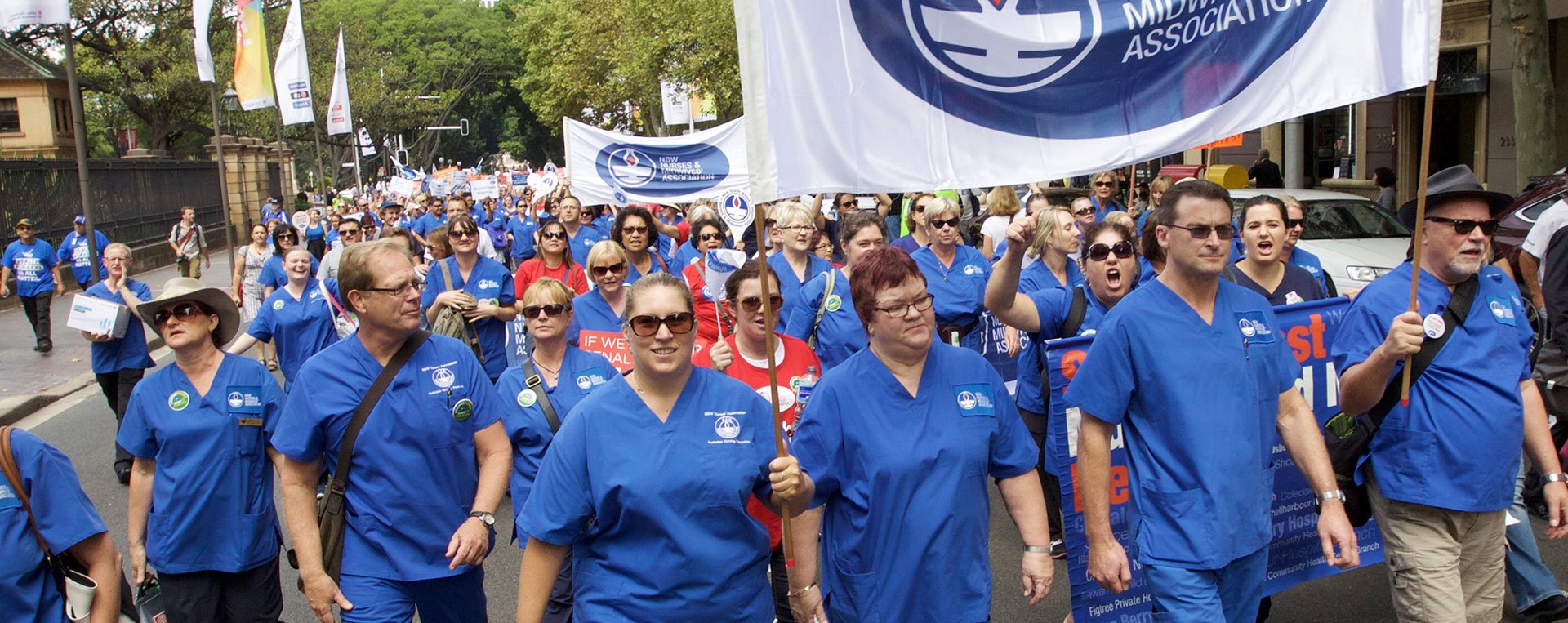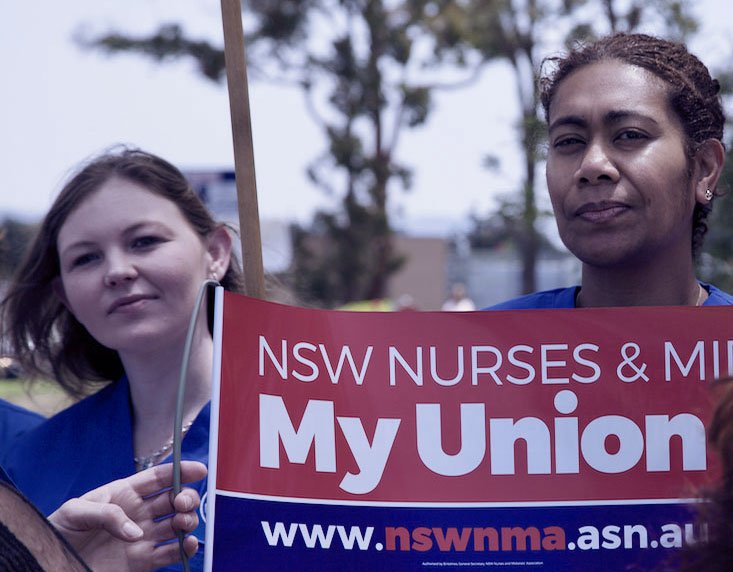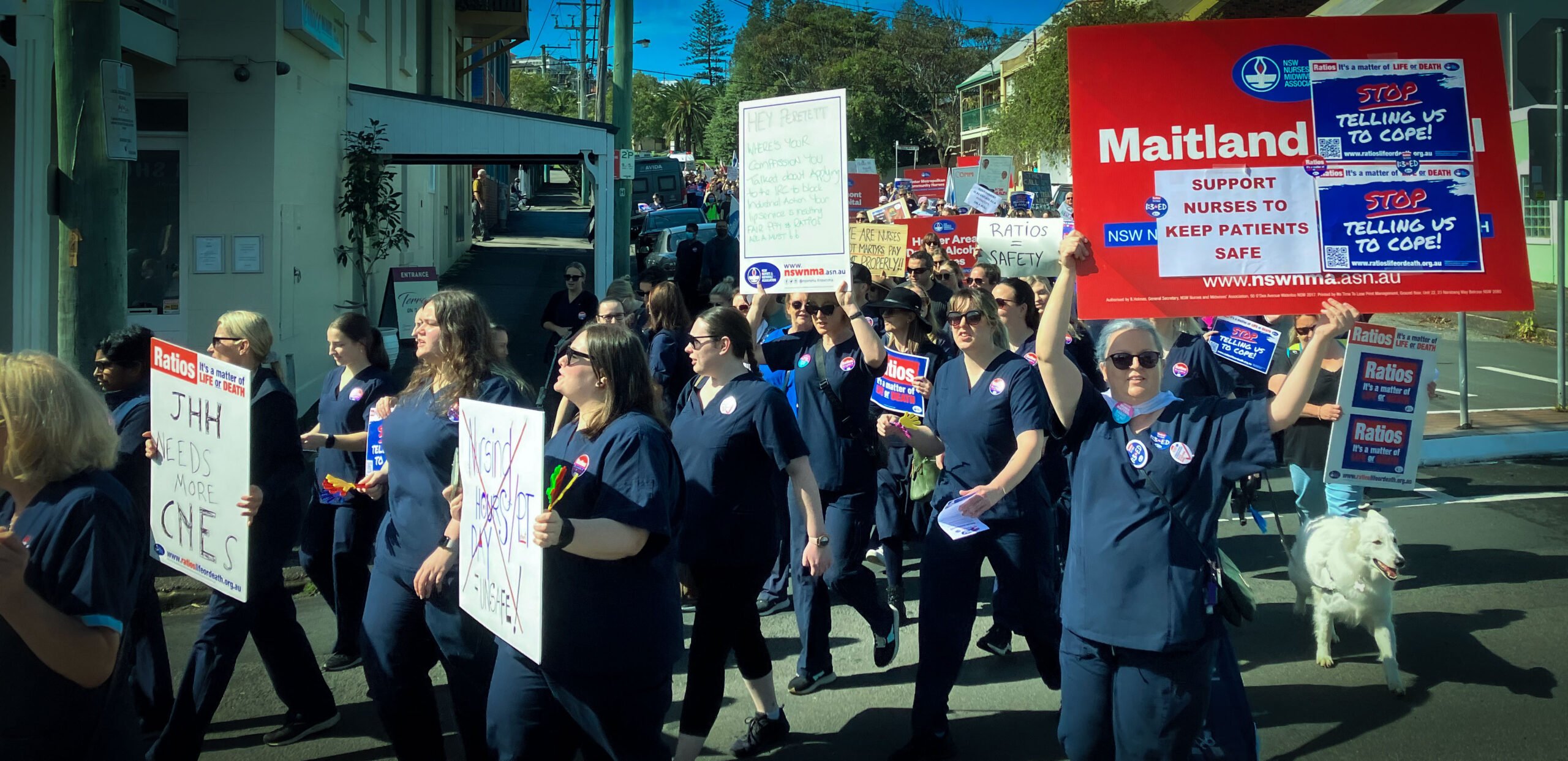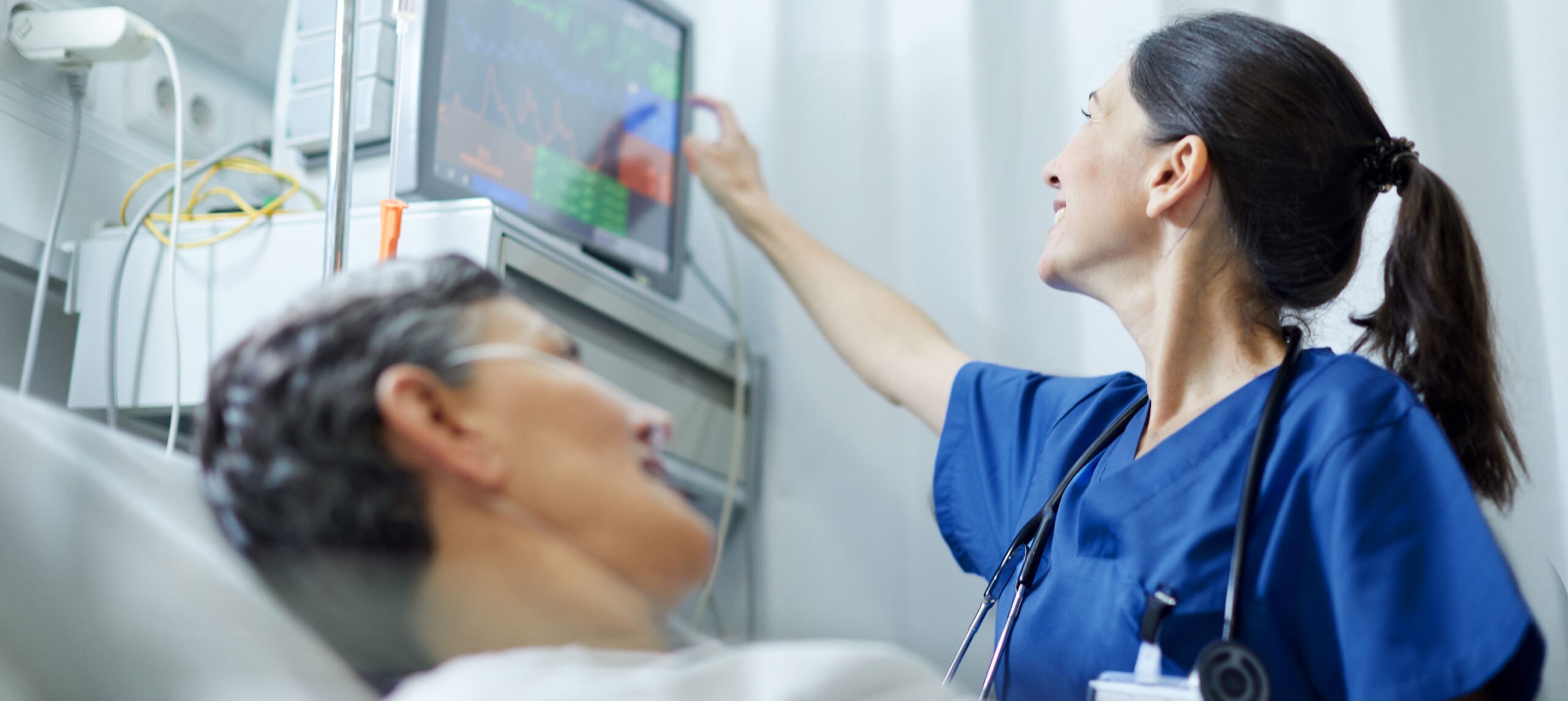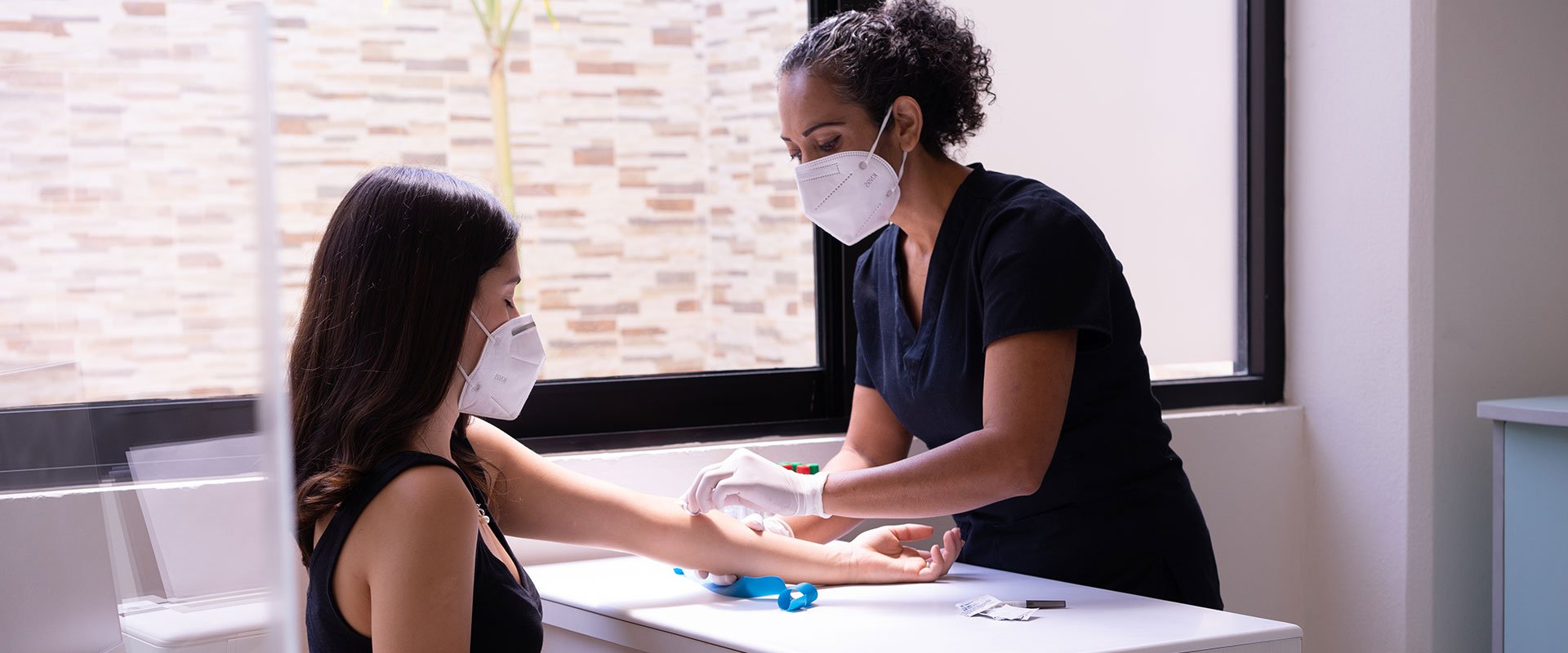Midwives from three NSW public hospitals took action this afternoon to highlight widespread staff shortages, unreasonable workloads, and the desperate need for safe staffing ratios of midwives to women and their babies.
NSW Nurses and Midwives’ Association (NSWNMA) members echoed calls for the NSW government to overhaul its maternity staffing system and address the risks to women and their babies, due to ongoing unfilled midwifery vacancies and the increased demand on services.
NSWNMA Assistant General Secretary and midwife, Michael Whaites, said understaffing throughout maternity services was rife and families were impacted because midwives have been unable to provide the guidance or education parents need following a birth.
“Midwives are crucial in providing physical and emotional support throughout pregnancy, delivery and in the postnatal period. Under the government’s current staffing system, there’s not enough time for midwives to provide the clinical care and support that’s required,” said Mr Whaites.
“According to the latest available data, important aspects such as breastfeeding rates have continued to decline in NSW. We know breastfeeding rates would significantly improve if we had safe staffing ratios of one midwife to three women (1:3) and their babies on postnatal wards.”
Midwives at Auburn Hospital in Western Sydney said they were regularly short staffed after many experienced midwives had left due to the challenging working conditions. A lack of available midwives meant only two midwives were caring for up to 12 women and their babies.
In the Illawarra-Shoalhaven region, Wollongong Hospital’s maternity service currently has 24 full-time equivalent midwifery vacancies, the highest deficit in many years.
NSWNMA Wollongong Hospital Branch Vice President, Emma Gedge, said local midwives had experienced an increase in activity across their maternity services, exacerbated by those accessing the services having higher needs.
“High-risk pregnancies from across our region are all referred to Wollongong Hospital and a lack of midwives on the floor increases workloads, particularly on night shift. Double shifts are regularly relied on to cover staffing shortfalls, while women are often referred to their GP because antenatal services are also short-staffed,” said Ms Gedge.
“We need safe staffing ratios to address this. We know our new graduate intake will likely double next year, so we need to make sure those early career midwives have the best support and guidance which encourages them to stay in our region.”
Amanda Bailey-Derrett, NSWNMA Coffs Harbour Hospital Branch Secretary, said a lot of senior midwives had left to work elsewhere, for secondments, or retirement, prompting 11 full-time equivalent midwifery vacancies.
“There’s increased rates of overtime being worked because we’ve lost so many experienced midwives, and our skill mix is often poor because Assistants in Midwifery are being rostered to replace those midwives,” said Ms Bailey-Derrett.
“Local women and families deserve better. It’s not safe when our maternity services operate understaffed, especially when we’ve had increased activity by women presenting for reviews, and we have patients recovering from surgery who would otherwise be cared for on surgical wards.”
The midwives at Auburn, Wollongong and Coffs Harbour have raised community awareness of the issues and urged supporters to also call on the NSW government to address the midwifery workforce concerns.
NSWNMA midwives are campaigning for safe staffing ratios of at least one midwife to three women (1:3) and their babies on postnatal wards, and to ensure transparent and accountable maternity services across NSW.
Download this release: Midwives demand safe staffing in maternity
